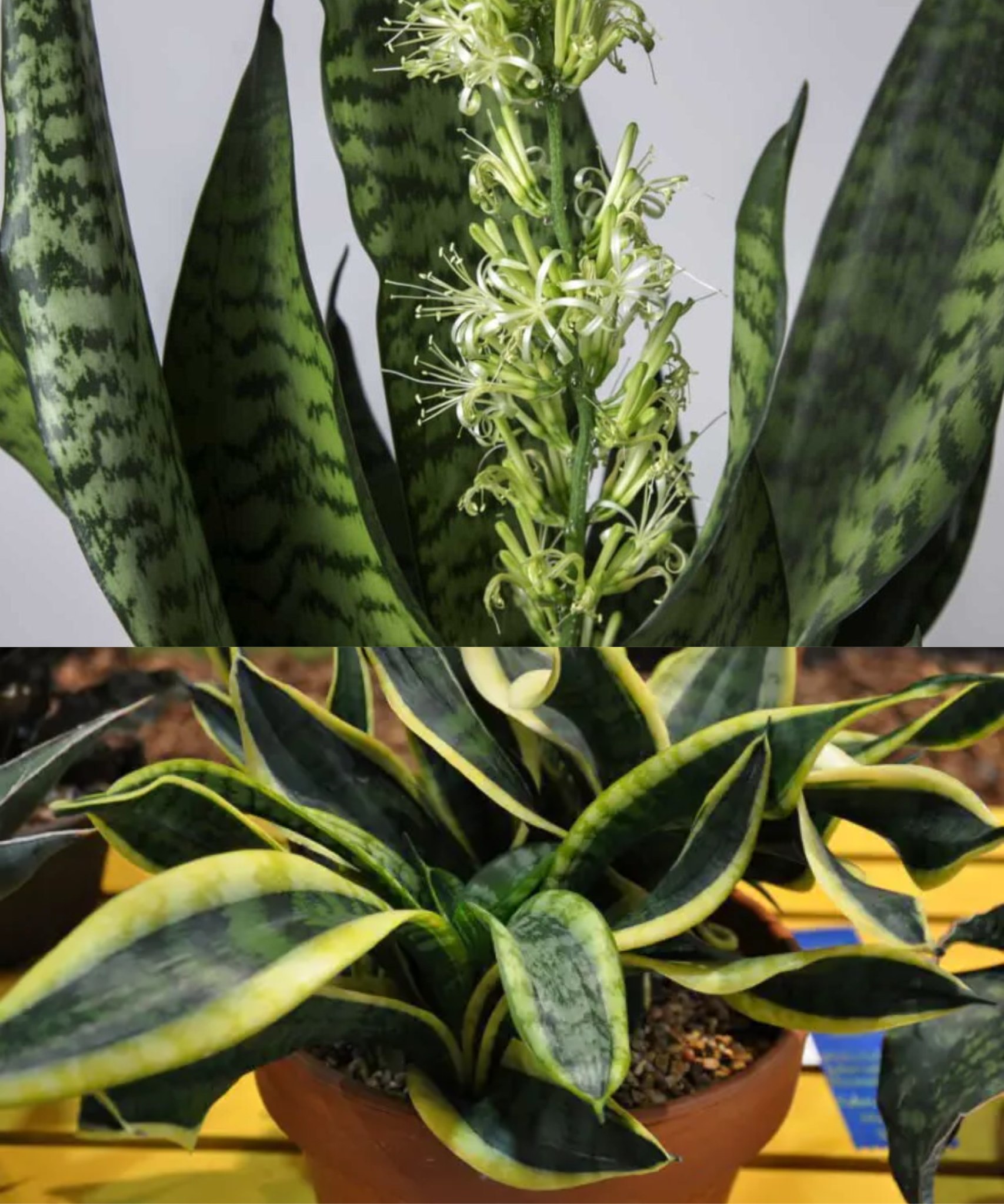Sansevieria, commonly known as snake plant or mother-in-law’s tongue, is renowned for its hardy nature and air-purifying qualities. While it’s usually grown for its striking, sculptural leaves, getting a sansevieria to bloom can add an unexpected and delightful element to your indoor garden, filling your house with a subtle, sweet fragrance. Flowering is rare in indoor conditions, but with the right techniques, you can encourage your snake plant to produce its charming, delicate flowers. Here are some tips on how to make your sansevieria bloom.
1. Optimal Lighting
Although sansevieria can tolerate low light, providing ample indirect sunlight is crucial for promoting flowers. Place your plant near a window where it will receive bright, indirect light for most of the day. Avoid direct sunlight, which can scorch its leaves.
2. Correct Watering Habits
Overwatering is a common mistake with sansevieria. To encourage blooming, let the soil dry out completely between waterings. This mimics the dry season that often triggers flowering in their natural habitat. Water sparingly during the winter months.
3. Seasonal Feeding
Feed your snake plant with a phosphorus-heavy fertilizer during the growing season (spring and summer) to promote blooming. Phosphorus supports flowering in plants, so choose a fertilizer with a higher middle number in the NPK ratio (e.g., 10-20-10).
4. Temperature and Humidity
Sansevieria prefers warmer conditions and low to moderate humidity. Maintain indoor temperatures around 60-75°F (15-24°C). Avoid placing your plant near drafty windows or doors during the cold winter months.
5. Annual Repotting
While sansevieria thrives in tight spaces, giving it a little more room can sometimes encourage it to flower. Repot your plant in the spring if it seems to be outgrowing its pot, using well-draining soil and a pot only slightly larger than the previous one.
6. Stress the Plant (Carefully)
Sometimes, stressing the plant by slightly under-watering and keeping it in a pot that’s a bit too small can trigger blooming. This should be done with care, as too much stress can harm the plant.
7. Provide a Rest Period
Reduce watering in the winter to mimic the plant’s natural rest period. A cooler temperature and less frequent watering during this time can help stimulate the flowering process when spring arrives.
8. Regular Care
Continue to provide good general care, which includes wiping down the leaves to remove dust and checking for pests regularly. Healthy plants are more likely to flower.
9. Patience is Key
Remember that even with the best care, sansevieria might not bloom every year. These plants flower when fully mature and if they decide the conditions are just right. Patience and consistent care are your best tools.
By following these tips, your sansevieria has the best chance of flowering, bringing an extra touch of beauty and fragrance into your home. Enjoy the process of nurturing your plant, and with a bit of luck, you’ll be rewarded with its rare and beautiful blooms.
